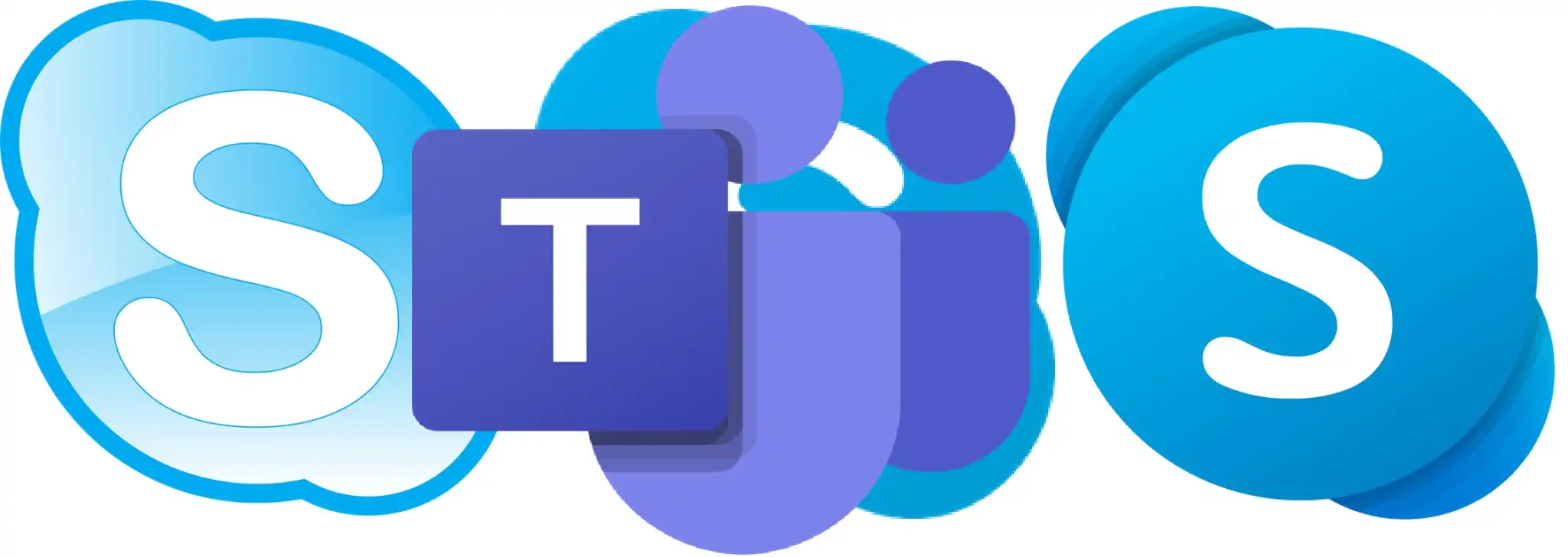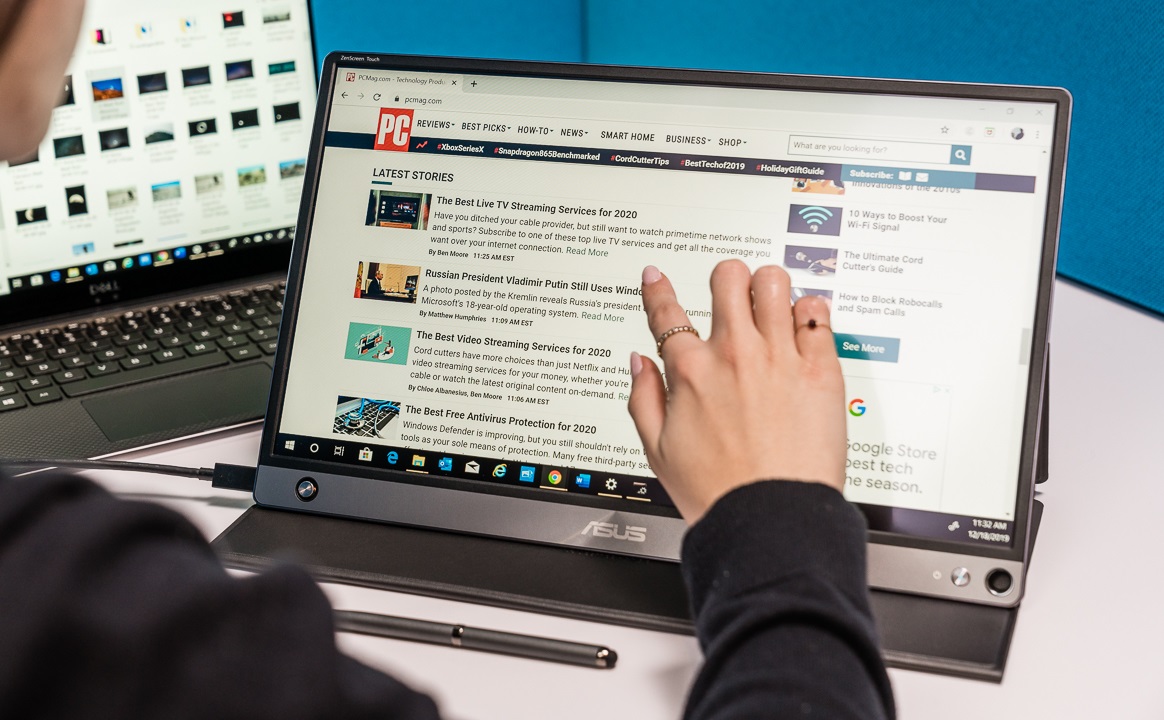Microsoft spent $8.5 billion for Skype. In a few months, it will be turned off for good.
Microsoft plans to sunset Skype, a service that was part of the foundation of IP telephony, by May 5. Instead, Microsoft plans to replace Skype with the free version of Microsoft Teams, the company said.
In doing do, Microsoft will throw a shovelful of dirt on Skype, which it bought for $8.5 billion in May 2011, 14 years ago.
“In order to streamline our free consumer communications offerings so we can more easily adapt to customer needs, we will be retiring Skype in May 2025 to focus on Microsoft Teams, our modern communications and collaboration hub,” Jeff Teper, president of Microsoft 365 Collaborative Apps and Platforms, said in a blog post. Teper said that the “way we communicate has evolved significantly over the years.”
Skype was founded in 2003 by Niklas Zennstrom and Janus Friis, using a peer-to-peer protocol to route “phone calls” over the web, a technology later known as VoIP. eBay bought Skype in 2005 for $2.5 billion in stock, before Microsoft bought it in 2011. Skype’s free video app was released in 2013, when Skype claimed over 70 million users were using the app simultaneously.
Microsoft tried to integrate Skype into Windows, but the writing may have been on the wall once Microsoft launched Teams as a Slack competitor in 2017 — though Teams began strictly as a chat app, it quickly added video. Microsoft tried to lure users away from Slack in 2018 by launching a free version of Teams, now awkwardly named “Teams (free).” But then Microsoft employed a similar strategy with its own Skype for Business in 2019, shuttering the service in 2021 and pushing business users to use Teams instead.
“Over the last two years, we’ve worked closely with customers to refine Teams, and we now feel we’re at the point that we can confidently recommend it as an upgrade to all Skype for Business Online customers,” James Skay, the senior marketing manager for Skype for Business, said in 2019.
Six years later, and Microsoft apparently feels the same about the consumer version of Skype. The problem? Consumers have never really cared to use Teams.
Microsoft tried to launch a consumer version of Teams in 2021, which seems to have been largely ignored. There was Teams Chat, which lived in the Windows 11 Taskbar, which also debuted in 2021. That followed Microsoft Teams for Home‘s launch in 2020, with shared grocery lists and other features for consumers on iOS and Android. By 2023, Teams Chat was part of the free Teams app. In 2024, Microsoft signaled that it planned to streamline both the business and consumer versions of Teams into a single application. The common thread: No one seemed to care.
Microsoft did say that, over the past two years, the number of minutes spent in consumer Teams calls has quadrupled — without saying from what to what. But Skype and its chat/calling capabilities have largely been replaced with apps like Discord.
In any event, Microsoft seems to have given up on using the carrot to lure users from Skype to Teams. Instead, it’s using the stick.



